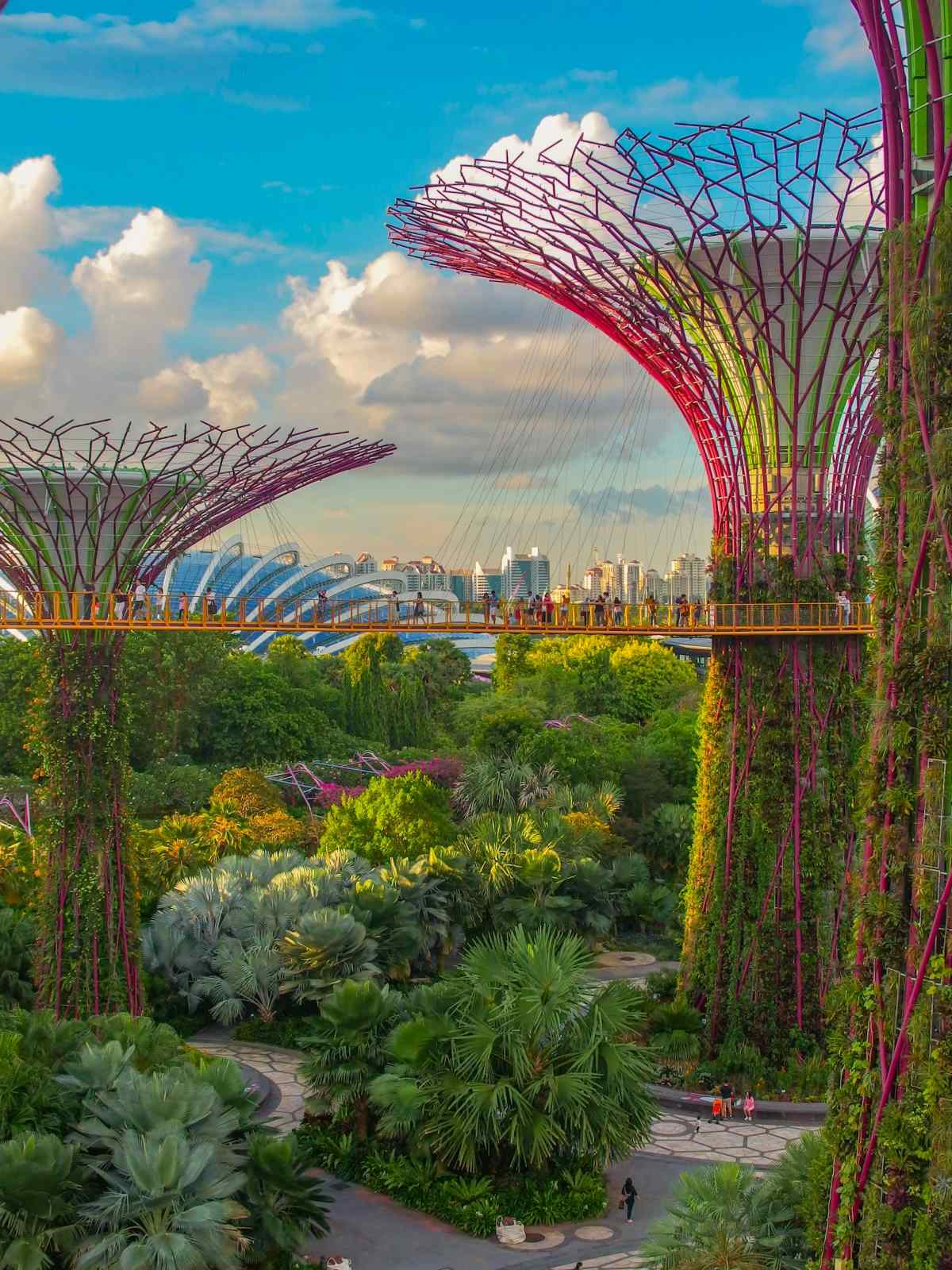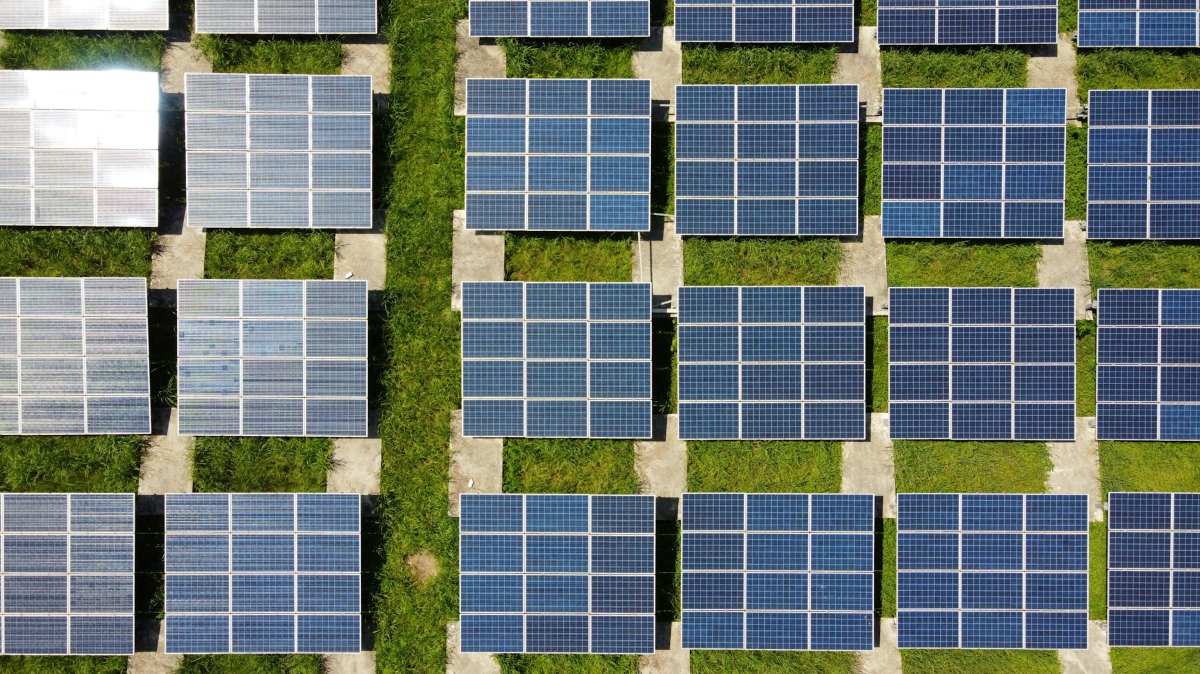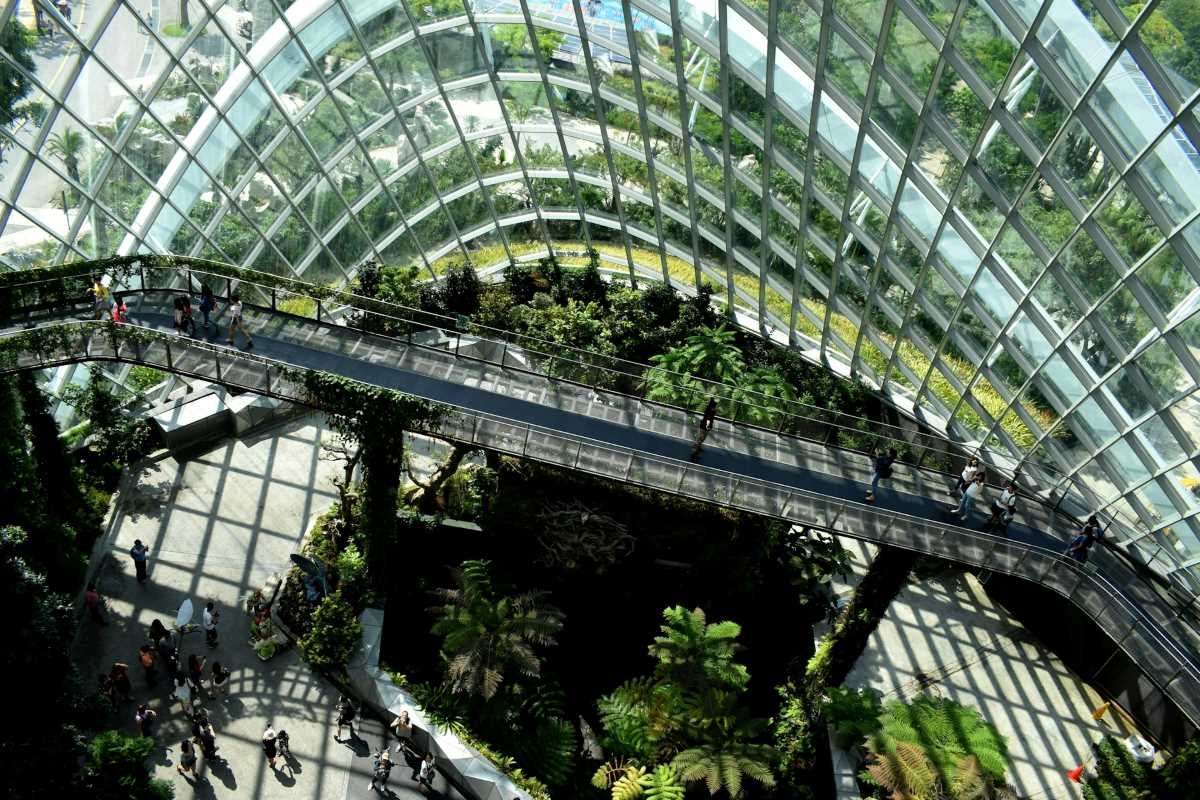
Punk! Green Horizons of Solarpunk
Imagine the green future, the one full of solar panels, windmills and fruit-picking robots by your side. This is solarpunk, something that can give you hope for a better future.
Today’s world feels as a rather frightening than hopeful place. Whether you are bombarded by headlines of global warming and sea level rise, or you come across billboards portraying dystopian films, the crushing weight of upcoming disaster might seem inescapable. At some point, it becomes easy to believe that there is no alternative to the climate chaos. However, there is.
A CALL FOR ECOLOGICAL UTOPIAS
In her speech, science-fiction author Ursula K. Le Guin argued, “We live in capitalism. Its power seems inescapable. So did the divine right of kings. Any human power can be resisted and changed by human beings. Resistance and change often begin in art, and very often in our art, the art of words”.
You are currently viewing a placeholder content from Default. To access the actual content, click the button below. Please note that doing so will share data with third-party providers.
More Information
Literature in times of environmental deterioration plays a crucial role. A story is a great tool that, by showing the future, provokes changes in the present. We need artists to show us a better world we can live in and we need visions of the future that give us something to struggle for. The positive imagination of the future can fill the population with energy and determination to build a better tomorrow. Of course, fiction worlds should not be the particular goalposts but they can serve as an inspiration.

WHAT IS SOLARPUNK?
In 2008, the Beluga Skysail, a hybrid cargo ship from Germany, departed on its voyage. It was the first computer-controlled ship running on kite power, which allows to reduce fuel consumption up to 35%. The concept of hybrid energy inspired Republic of the Bees to publish a blog post introducing a fiction sub-genre: solarpunk.
The definition of solarpunk is still expanding, but, at its core, solarpunk represents a vision of a possible future where humanity, nature and technology coexist in harmony. Solarpunk societies are green, sustainable and socially just. Even though solarpunk takes its name from other -punk genres, it resists the technological determinism of cyberpunk and the Eurocentric imaginary of steampunk. Solarpunk directly opposes dystopian visions of the future that are popular across modern media and draws a brighter picture of it. After all, suffix -punk in the word serves to show the rebellion to the current system we are living in and encourages us to strive towards ecological utopias.
Ideologically, solarpunk focuses on abolishing classism, racism and inequality. It heavily relies on anti-consumerism preventing such things as fast fashion and food waste and promoting recycling and repurposing instead.
Solarpunk depicts urban agriculture and permaculture as well as sustainable and energy efficient communities using earthships, local markets and more walkable cities. The important characteristic of solarpunk is that it doesn’t refuse technological progress, on the contrary, it heavily relies on technology to use the land smarter. Android-like robots are portrayed as an integral part of the society in order to protect and nurture the environment. The beyond human-centered approach to the world is a specificity of solarpunk that allows humans to build relationships with the non-human.

SOLARPUNK AESTHETICS
For your inspiration, we gathered some art recommendations to give you a better feeling of solarpunk aesthetics.
DEAR ALICE
The delightful animation depicting the solarpunk future was created by THE LINE, a BAFTA nominated collective of designers, directors, and animators based in London. Dear Alice is a letter from a grandmother to her granddaughter which discusses the kind of future Alice should try to build.
You are currently viewing a placeholder content from Default. To access the actual content, click the button below. Please note that doing so will share data with third-party providers.
More Information
CASTLE IN THE SKY
Studio Ghibli, founded by Japanese artist Hayao Miyazaki, is famous for its depiction of sustainable environments and beautiful nature in its animated movies. We draw attention to the animated movie Castle in the Sky (1986) that represents a post-capitalistic escape. The floating island represents a society closely connected to and with nature.
You are currently viewing a placeholder content from Default. To access the actual content, click the button below. Please note that doing so will share data with third-party providers.
More Information
TERRA NIL
In 2023, video game developer Free Lives released Terra Nil, a strategy game with the task of transforming a lifeless world into a sustainable ecosystem by purifying soil, cleaning oceans, planting trees and reintroducing wildlife.
You are currently viewing a placeholder content from Default. To access the actual content, click the button below. Please note that doing so will share data with third-party providers.
More Information
SUNVAULT: STORIES OF SOLARPUNK AND ECO-SPECULATION
Sunvault: Stories of Solarpunk and Eco-Speculation (2017) edited by Phoebe Wagner and Brontë Christopher Wieland is the first anthology that collects solarpunk short stories, artwork, and even poetry.

Highlight Image: Luiz Guimaraes © via Unsplash
+ Words:
Kseniia Gavrilova
Luxiders Magazine








